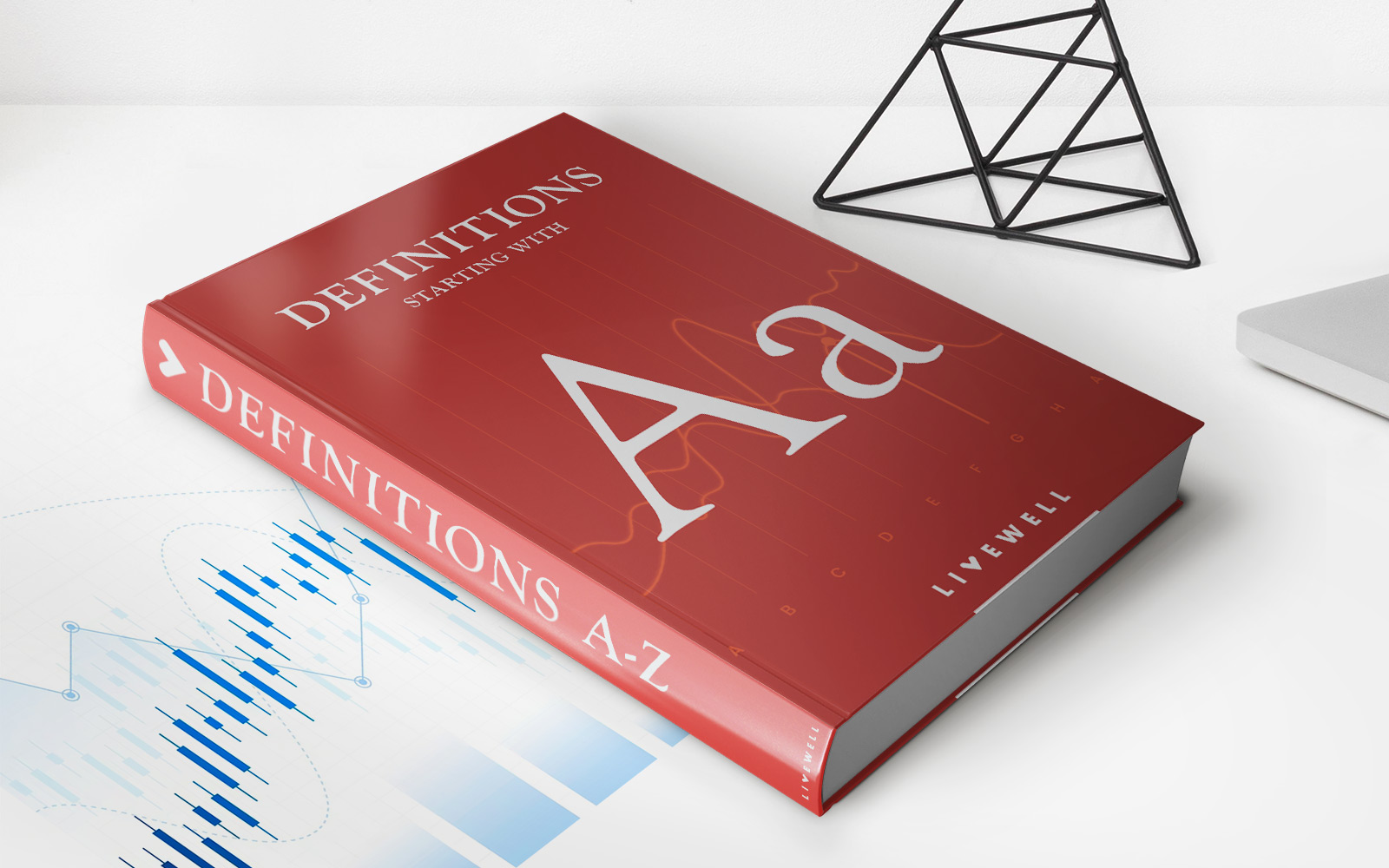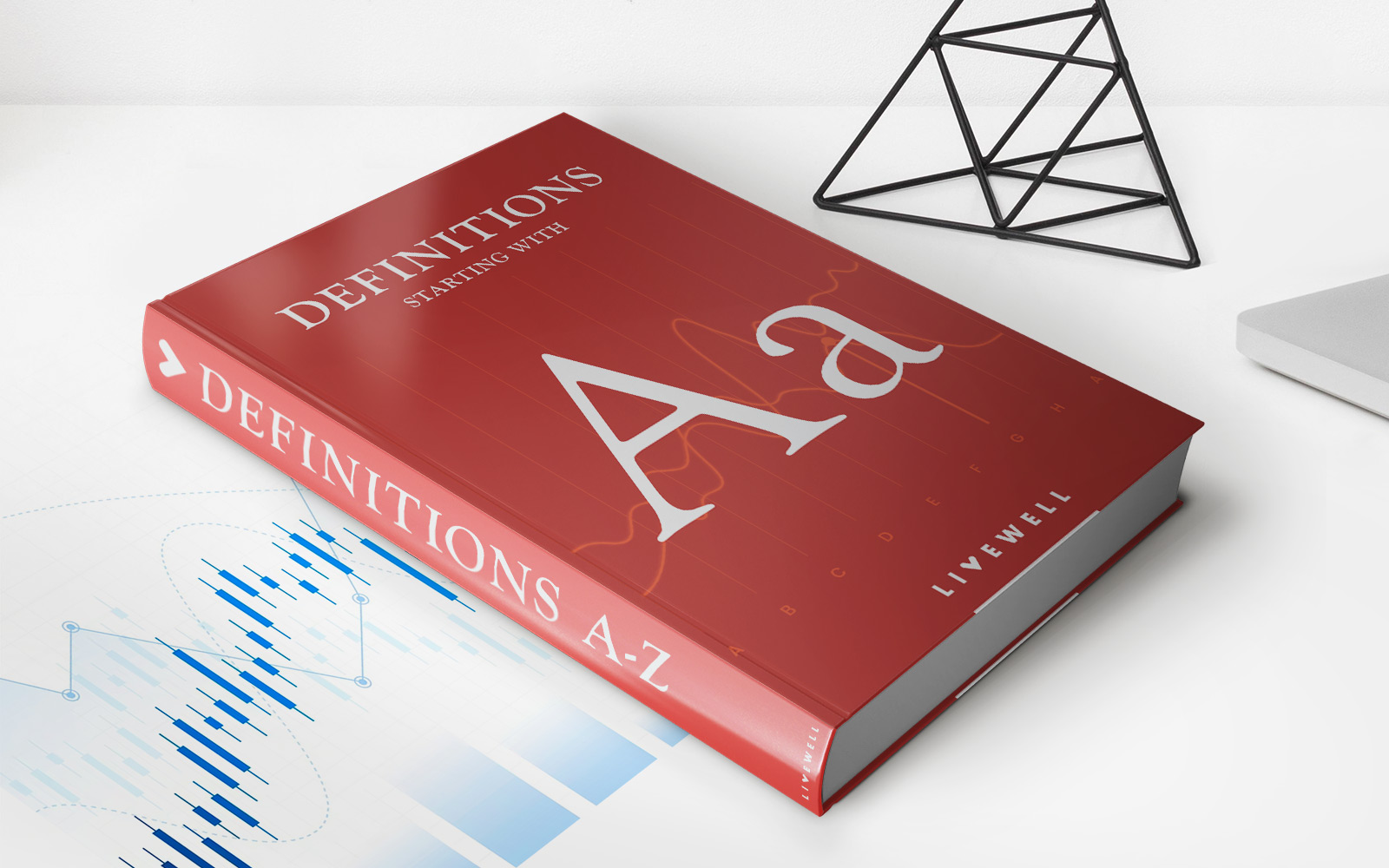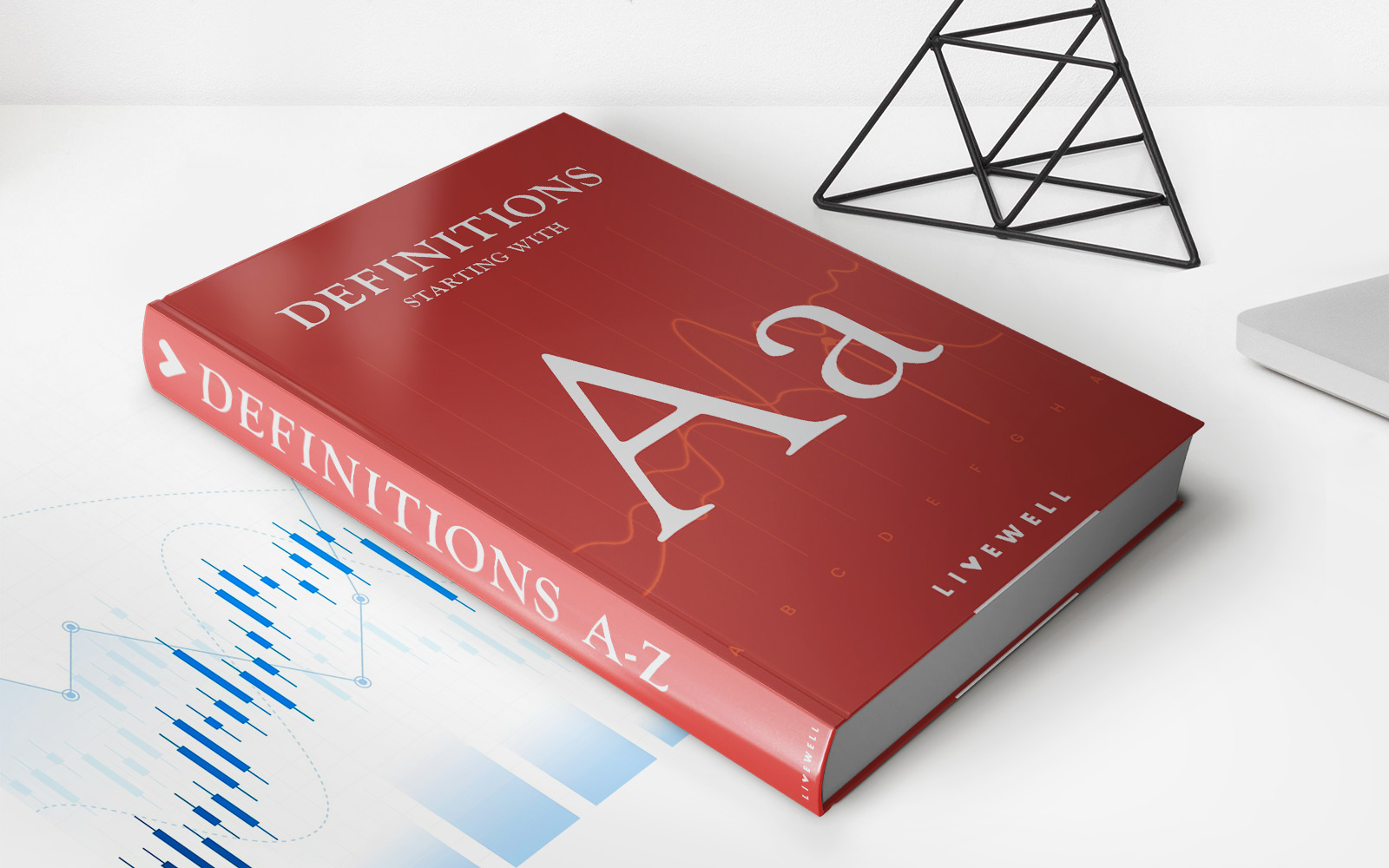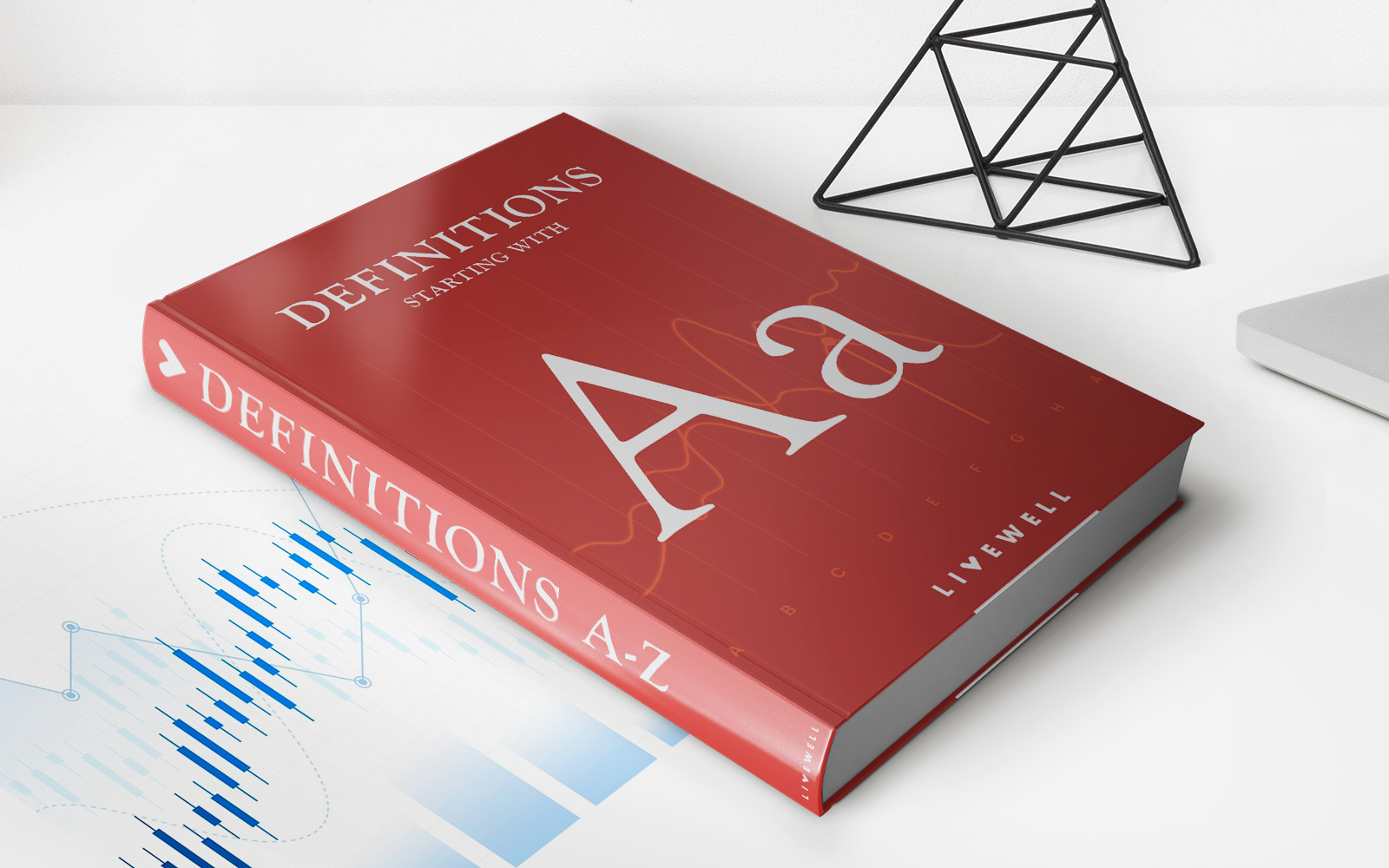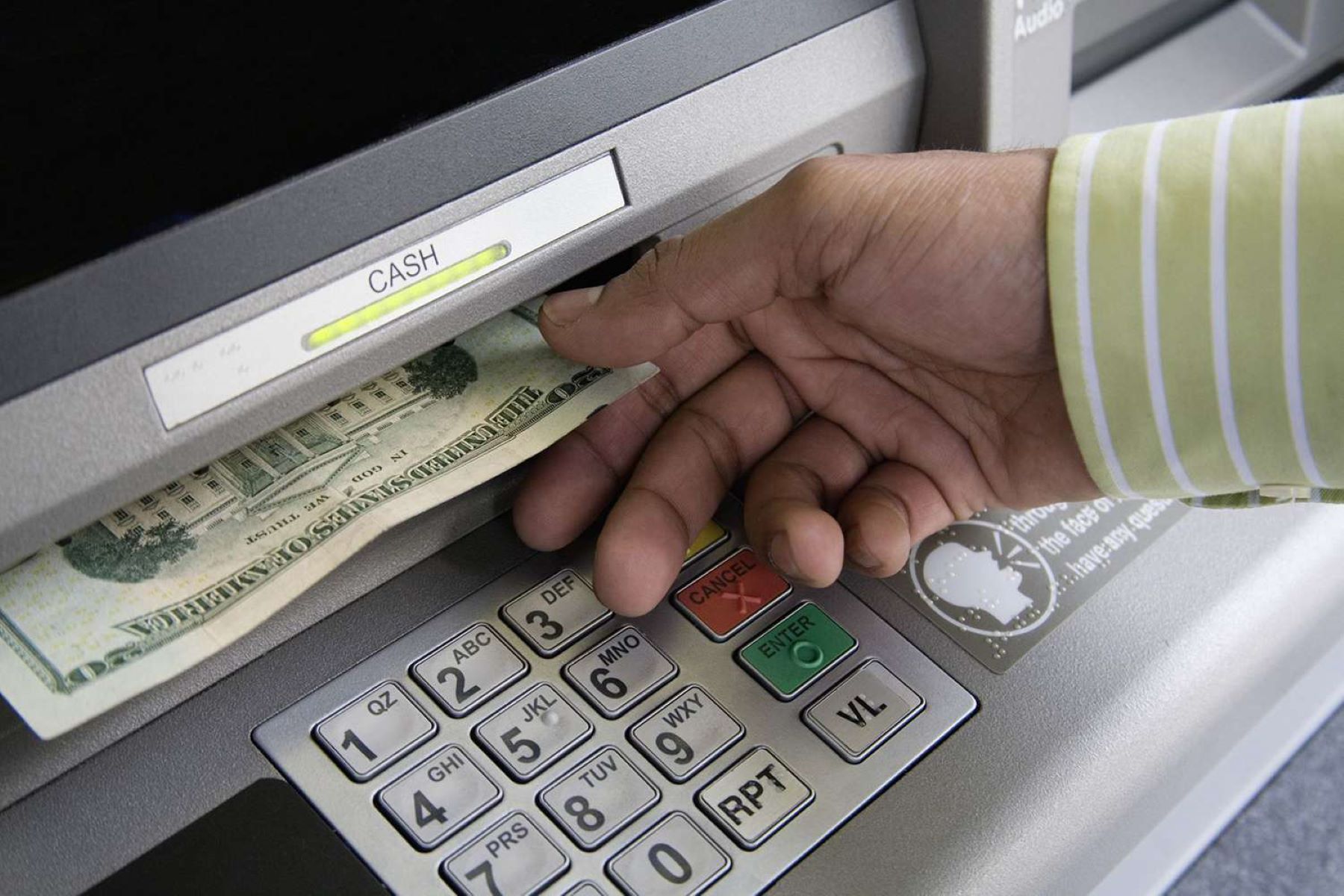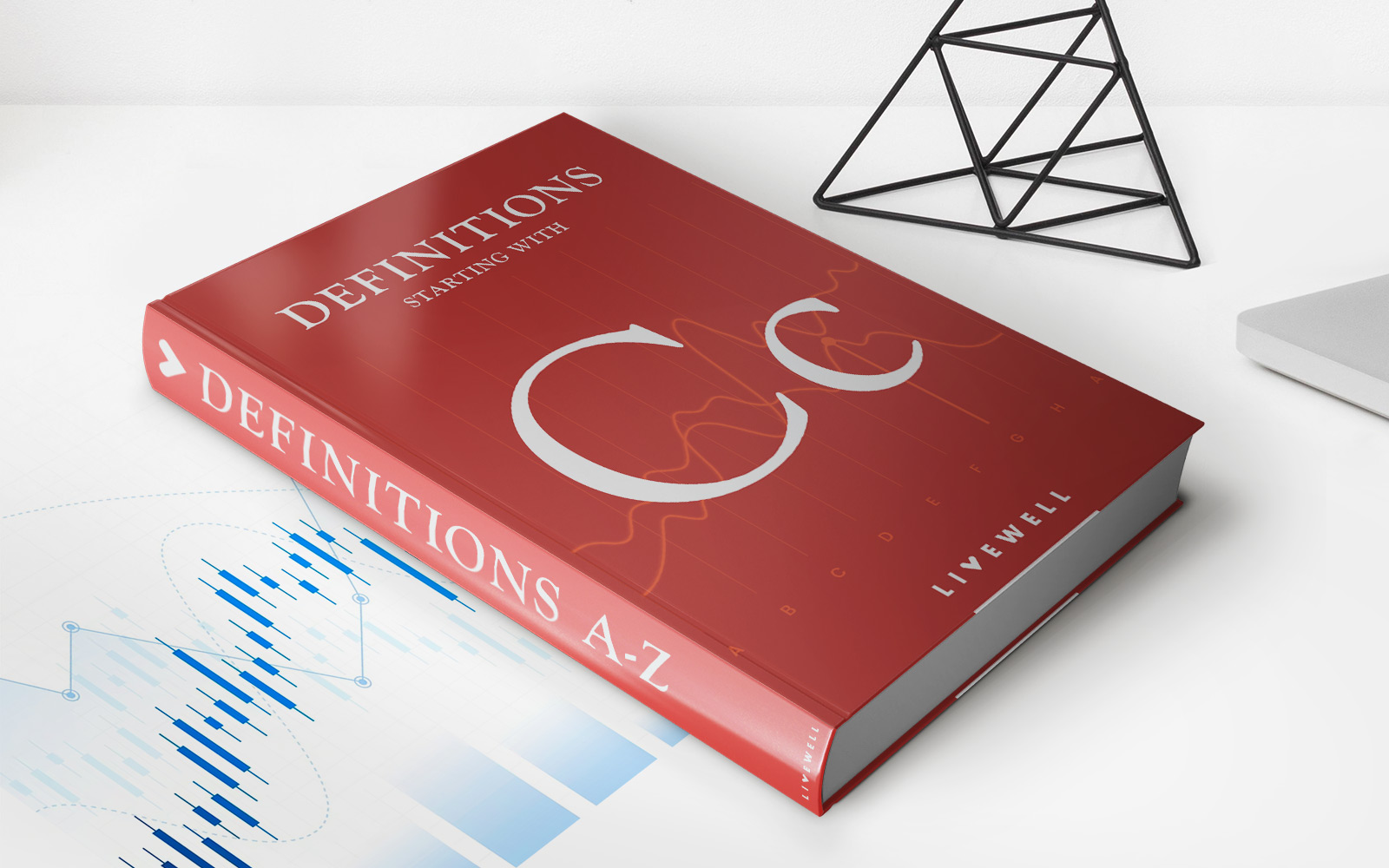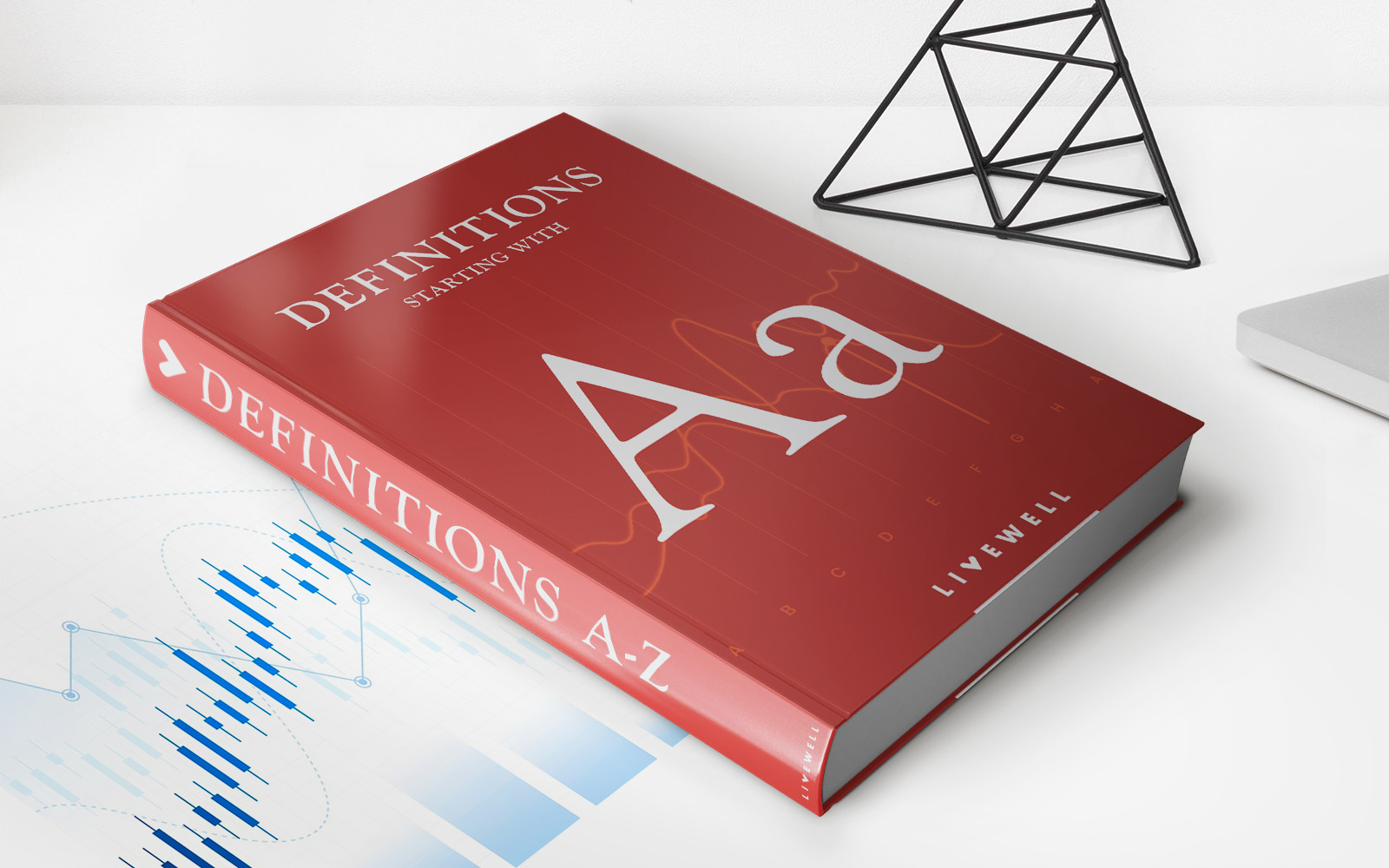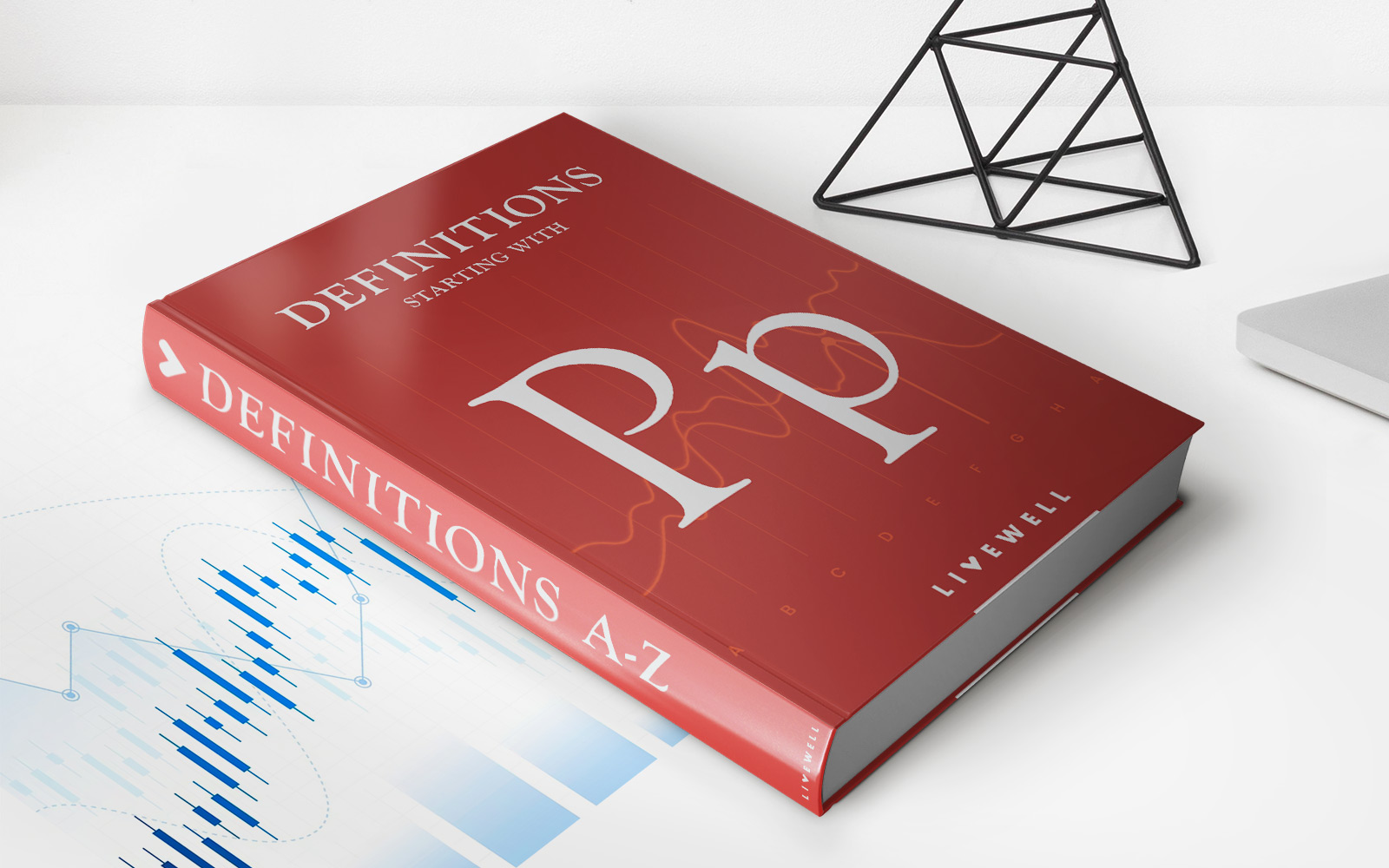Home>Finance>Cash In Advance: Definition, Benefits, Alternatives


Finance
Cash In Advance: Definition, Benefits, Alternatives
Published: October 24, 2023
Discover the definition, benefits, and alternatives of cash in advance in finance. Learn how this method can help you manage your financial needs.
(Many of the links in this article redirect to a specific reviewed product. Your purchase of these products through affiliate links helps to generate commission for LiveWell, at no extra cost. Learn more)
What is Cash in Advance?
Cash in advance is a payment method where the buyer pays for goods or services upfront before receiving them. In this type of transaction, the seller requires full payment before fulfilling the order. Cash in advance is commonly used in business-to-business (B2B) transactions, particularly when dealing with international trade or high-value purchases.
Key Takeaways:
- Cash in advance is a payment method where the buyer pays upfront before receiving goods or services.
- It is commonly used in business-to-business (B2B) transactions, especially in international trade or high-value purchases.
Benefits of Cash in Advance
Now, you might be wondering, what are the benefits of using cash in advance as a payment method? Let’s dive into a few advantages:
- Reduced Financial Risk: By receiving payment in advance, the seller minimizes the risk of non-payment or late payments. This gives them a sense of security, knowing that they have already received the funds for the goods or services.
- Improved Cash Flow: Cash in advance allows sellers to have immediate access to funds. This can be particularly beneficial for small businesses or those with tight cash flow. By receiving payment upfront, they can cover their expenses, purchase inventory, or invest in their business without having to wait for payment.
Alternative Payment Methods
While cash in advance has its benefits, it may not always be the most suitable option for every transaction. Here are a few alternative payment methods to consider:
- Credit Card: Paying by credit card allows the buyer to make the payment upfront and receive the goods or services immediately. This can provide some level of buyer protection and convenience.
- Letter of Credit: In international trade, a letter of credit is a popular payment method. It provides a secure payment mechanism for both the buyer and the seller by involving a bank as an intermediary.
- Cash on Delivery: Cash on delivery allows the buyer to pay for the goods upon delivery. This method can be beneficial for buyers who prefer to inspect the goods before making payment.
- Trade Credit: Trade credit is a payment arrangement where the buyer is granted a period of time to make the payment after receiving the goods or services. This method can be advantageous for buyers who need some flexibility in managing their cash flow.
Conclusion
Cash in advance, as a payment method, offers benefits such as reduced financial risk and improved cash flow for sellers. However, it may not always be the most suitable option for every transaction. Consider the nature of the transaction, the risks involved, and the preferences of both parties before deciding on the payment method. Whether you choose cash in advance or one of the alternative payment methods discussed, make sure to weigh the pros and cons to ensure a smooth and secure payment process.
